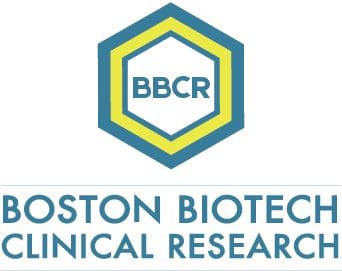In 2002–03, the SARS virus infected 8,000 people in more than two dozen countries and killed almost 800.
Infectious disease specialists created a specific check box list to identify viruses to watch out for pandemic potential in the future.
Two are very important virus characteristics at the top of that specific check box list.
One aspect that signals pandemic potential in a virus is having an RNA, rather than DNA, genome. That’s because the process of copying RNA typically doesn’t include a proof-reader like DNA replication does, and so RNA viruses have higher mutation rates than the DNA variety.
Another consideration when evaluating virus pandemic potential, is how a virus is transmitted. The most concerning situation is when a virus can spread through respiratory droplets, allowing it to jump from person to person through close interactions, as is the case for the seasonal flu and also Covid 19.
Virus spread through respiratory droplets is responsible of the RO, which is expected number of infections caused by one person, that determine their potential to spread rapidly through human population.
In this respect, COVID 19 has outperformed the original and deadly SARS coronavirus, MERS coronavirus, and some bird flu strains.
Virologists have been asked to rank viruses with the greatest potential to cause a future pandemic.
Close attention is given to viruses with track records of leaping from animals to people like Smallpox (https://www.ncbi.nlm.nih.gov/pmc/articles/PMC4379562/), measles (https://norkinvirology.wordpress.com/2015/03/18/the-origin-and-natural-history-of-measles-virus/), Ebola, and HIV that all originated in animals.
But overall, influenza, coronaviruses, and paramyxoviruses grade as the highest offenders. This is a large family of viruses that includes mumps and respiratory syncytial virus (RSV), and Nipah virus, which researchers identify as posing the biggest pandemic threat among them.
The ongoing pandemic demonstrated COVID-19 has higher case fatality of that we have seen it with SARS and MERS. The live markets in China allows coronaviruses associated with bats to spread to other mammals. Our immediate highest risk could still be coronaviruses.

Specializing in rare disease, Boston Biotech Clinical Research works with biotech, pharmaceutical, device companies and investors to streamline the clinical trial process. Our experienced team helps each client reach their specific goals by customizing a clinical and regulatory road map of simplified programs and streamlined protocols to meet our clients’ requirements.

